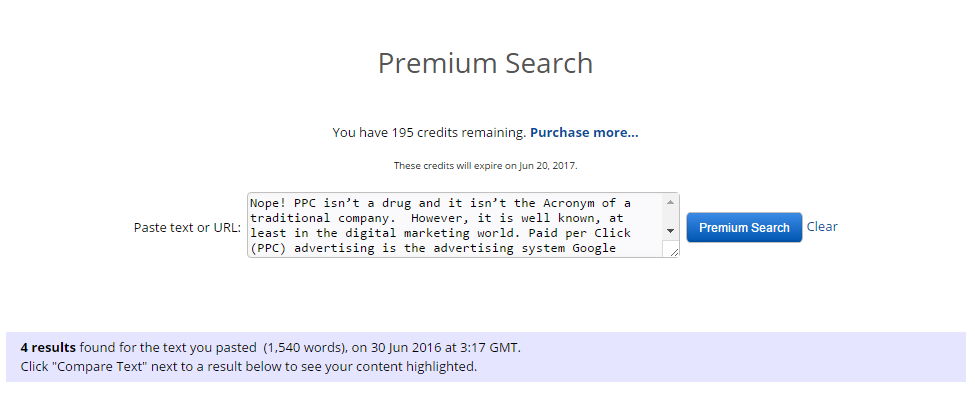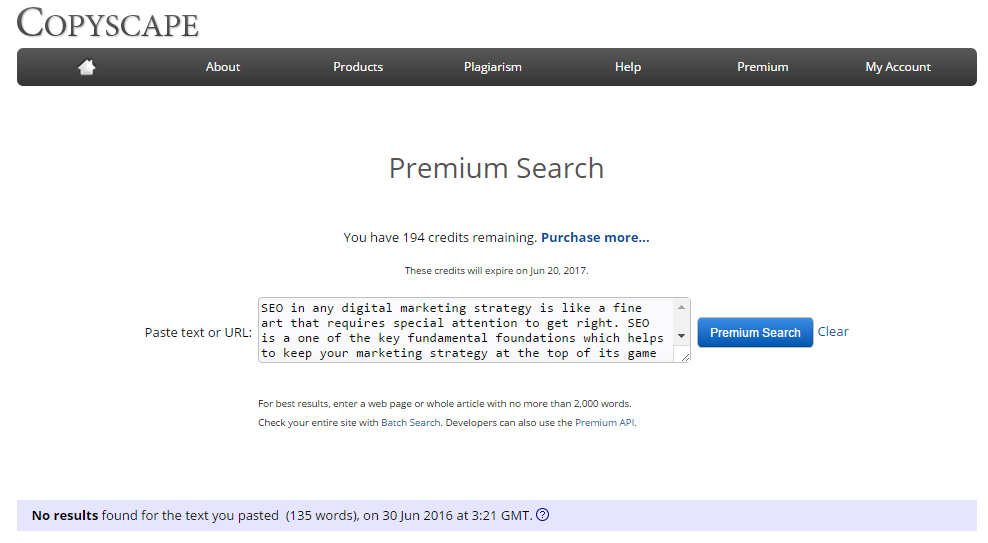The following is a guest post by Aaron Gray. Aaron is the co-founder of Studio 56 and is a passionate digital marketing expert who has worked with some of the largest digital marketing agencies in Australia. He has been working in the digital marketing field for ten years. Aaron loves to travel the world to not only enhance his cultural experiences but learn and enhance his skills in the digital marketing industry. He is dedicated to helping others reach their online marketing goals.
SEO in any digital marketing strategy is like a fine art that requires special attention to get right. SEO is one of the key fundamental foundations that help to keep your marketing strategy at the top of its game and which helps to keep your website at the top of popular search engines such as Google and Bing. Without using the best SEO techniques, any website owner will have major hurdles to climb over in order to push their website ranking and popularity to the level they want to be at. Unfortunately, there are many website owners who are still using some bad techniques that are impacting their overall marketing efforts. This expert guide will cover the worst SEO techniques that are still being used by so many website owners today which need to be stopped right now.
SEO Methods That You Should Be Avoiding
Accepting Low-Quality Guest Posts
Many websites like to feature new writers on their blogs by publishing content related to their genre or topics. Unfortunately, many website owners tend to make the mistake of publishing below standard copy which can dramatically lower your SEO efforts and ranking. When accepting guest posts there needs to be a set level of standards that you agree to in order for a post to be accepted. This will help to assure quality control for your website, and will also promote regular good SEO practices. Some guidelines you can place on posts from guest blog submissions include:
Before you read on - we have various resources that show you exactly how to use social networks to gain massive traffic and leads. For instance, check out the following:
FREE Step-by-Step Twitter Marketing GuideFREE Pinterest Marketing Ebook
A Set Word Count – Generally an average of 1000 words will suffice. However, it’s up to your personal needs on what a word count should be upon acceptance.
Links – Some guest post websites allow links back to a particular website either in the content itself or in the author bio. It’s important to weigh up whether you want a link back to another website in your blog content and let your guest writers know.
Content Quality – The quality standard of the content needs to be high in order for you to become an authority figure for readers. When setting up your quality standards you may need to consider:
- The content topic and information provided. Is it new and/or will readers be able to take something away from it? Does it provide the complexity and in-depth research that’s required in your genre to bring the best out of the blog?
- Does the content feature any errors such as spelling or grammar mistakes? While some websites may allow for one or two random and quickly fixed mistakes, seeing multiple mistakes right throughout the content may be below the standard of what you’re looking for. In cases such as this, you can either ask for multiple revisions or reject the article entirely.
- Does the content make sense and is structurally sound when reading it. Content that doesn’t make sense or is hard to read and understand won’t gain the popularity it needs to boost website rankings.
- The level of image quality you’re looking to accept. Unfortunately, many bloggers tend to use images that are low in quality and which are copyrighted in some way. These types of images can impact the overall quality of your blog. Instead, ask for images which feature clear, high-quality imagery, along with royalty-free to use rights which enables for the image to be used freely on other websites. This will ensure your level of quality is maintained.
Example Image Of Guest Post Guidelines
Duplicate Content
Duplicate content is one of the major culprits that really affects so many website rankings right across the world wide web. So what’s the big deal you ask? It can’t be that bad, right? Wrong, duplicate content can dramatically lower your website’s ranking due to the inability for search engines to recognize any difference between websites using duplicate content, thus not indexing your website or web pages to their potential because they don’t offer anything new. Generally, search engines such as Google will rank the website it believes would be more beneficial to the public.
Types Of Duplicate Content
There are a few different types of duplicate content that you need to look out for. These include:
Hey, before you read on - we have in various FREE in-depth guides on similar topics that you can download. For this post, check out:
FREE workbook: CREATE AWESOME BLOG POSTSFREE Beginner's Guide: START A BLOG
- Product Descriptions – Product descriptions are one of the most common types of duplicate content. This is because many e-commerce websites generally use the manufacturer’s descriptions when describing their products. In doing this, they may not realize that many other businesses do the same thing, hence a large quantity of duplicate content.
- Copied or Syndicated Content – Many bloggers tend to use comments, content or quotes from other websites to help in illustrating their articles. While if you link it back to the original source, it’s not a large deal, you still run the risk of Google considering it as duplicate content.
- URLs – Search engines such as Google consider most URLs as different ones, however, if they point to identical pages they will still be evaluated as duplicate content.
- Printer-Friendly – Printable versions of different content can also be classed as duplicate content if these printer-friendly versions are indexed by search engines.
- Blog/Website Content – Using the same blog content or website content as other websites can also cause problems. Due to the large bulk amount of duplicate content it weighs heavily on SEO efforts.
Copyscape.com – Image 1: As you can see below, Copyscape.com can check for duplicate content and bring up results if your content clashes with other results that are already on the internet.
How To Improve/Remove Duplicate Content
To improve your efforts in reducing duplicate content you should consider:
- Creating new, unique and interesting content that brings value to your pages and your readers. Your content needs to offer something new where the reader can take away key points and implement or use them in their own life.
- Use plagiarism checkers such as Copyscape.com to make sure there’s no duplicate content. While you may have to pay a small price to begin with, it’s well worth the money spent if you do decide to work on your website ranking.
- For URLs that feature duplication using a 301 redirect is a safe way to go. A 301 redirect tells search engines that the page version is the original and its links those duplications to that original page. These pages won’t be in competition anymore for rankings which produce an overall stronger signal.
- For product descriptions try to write a new and unique one for each product you have available. Yes, this means if you have 1000 to 15,000 product descriptions, you’ll have to write 1000 to 15,000 new unique descriptions. If you’re new to the writing game, there are some website available such as Freelancer.com, Guru.com, and Upwork.com where you can hire freelancers to do the job for you at a set price that you negotiate.
- If you do have duplicate content and need it, you should signal to Google or popular search engines to ‘no follow or no index’ to help reduce the negativity on your overall SEO. This will tell search engines not to index the content when the bots crawl through the pages. This will limit penalties for duplicate content.
Copyscape.com – Image 2: This image shows content that is plagiarism free and is not copied on any other website across the internet.
Keyword Stuffing
Keywords are used for enhancing SEO efforts all the time. The problems lie when many people place too many keywords into the content as possible, hence keyword stuffing.
Forms Of Keyword Stuffing That Should Be Avoided
- Invisible Text – Invisible text is where you place white text on a white background that’s filled with keywords. While the reader can’t see it, the search engines can. Many people unfortunately still use this method to try to improve their SEO efforts. However, it doesn’t really improve your rankings or efforts.
- Irrelevant Keywords – Some website owners also try to use irrelevant keywords on their meta tags in hopes to boost more traffic to their website to increase their ranking. This won’t help, as soon as the visitor realizes you have nothing to offer with these irrelevant keywords they will leave causing your bounce rate to be high.

- Actual Keyword Stuffing – Keyword stuffing is where you use the keyword or keywords constantly throughout your content. Repeating the same keyword over and over again in your content won’t give you the results you’re after, in fact, it can cause you to create a very bad and unnatural piece of content that will rank badly for your website.
- Hidden Links Or Texts – Hiding text behind images or creating links using CSS aren’t generally visible to readers due to absolute positioning or <div>. You can specify for the browser to hide the text in hopes to still rank for it without anyone knowing about it but search engines.
Instead, keywords should:
- Be used in the title, opening paragraph, description and once every 100-200 words throughout the content.
- Be used naturally to promote easy reading of the content without it sounding forced.
- Be researched accordingly to complement the page with relevancy to what is beginning said.
- Not be hidden in any way as this can really cause problems with overstuffing your page.
Overall
Producing good SEO is a fine line when you want to really boost your rankings. By knowing the top SEO mistakes that you need to avoid right now, you have a better chance of enhancing your SEO marketing efforts. So were you making any of these mistakes?
Now, you read a lot about what you should NOT do – here are some things you CAN do to improve your SEO rankings.
Are you struggling with your SEO? Do you think you have done so much but somehow your blog traffic from Google search is stagnating? Do you need some help with setting up your blog for SEO? Are you not sure how to build links to your blog?
We have got you covered!
We created a free email course about SEO for your blog – or SEO with a blog. Join today for 4 days and 4 emails and learn about on-page SEO, Google Ranking factors, link building tactics and how to find keywords even you can rank for. Join our (free) email course about Blog SEO today!









